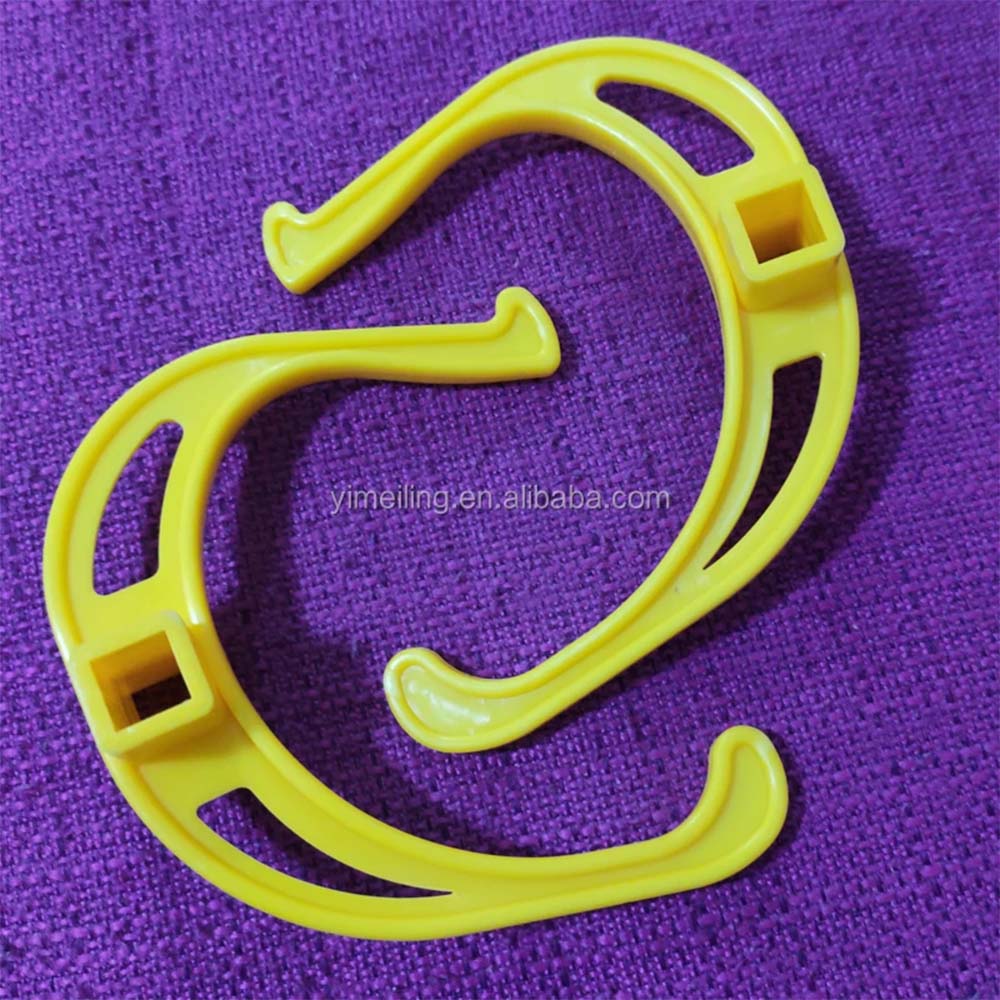Choosing the Right Chicken Cage Type for Optimal Farming Efficiency
Oct . 21, 2024 16:19 Back to list
Choosing the Right Chicken Cage Type for Optimal Farming Efficiency
The Importance of H Type Chicken Cages in Modern Poultry Farming
In the ever-evolving world of poultry farming, the choice of housing for chickens plays a significant role in not just the health and wellbeing of the birds, but also in maximizing productivity and efficiency. One innovative solution that has gained considerable popularity is the H type chicken cage. This article explores the features, advantages, and overall significance of H type chicken cages in modern poultry farming.
Understanding H Type Chicken Cages
H type chicken cages are designed in a unique shape that resembles the letter 'H', facilitating a two-tier configuration. Each cage allows for a vertical stacking system which maximizes space utilization while providing enough room for each chicken to move and grow comfortably. These cages often come equipped with several amenities such as feeding systems, watering systems, and egg collection systems, significantly reducing labor costs and enhancing operational efficiency.
Advantages of H Type Chicken Cages
1. Space Efficiency One of the most significant benefits of H type cages is their ability to optimize space in poultry houses. Unlike traditional cages, the vertical stacking allows farmers to house more birds within a given area, thereby increasing overall yield.
2. Improved Airflow and Hygiene The design of H type cages also promotes better air circulation, which is essential for maintaining a healthy environment for the birds. Improved airflow reduces the risk of respiratory diseases, a common concern in poultry farming. Additionally, these cages are easier to clean, which helps maintain hygiene and lowers the risk of infections.
3. Enhanced Animal Welfare With a more spacious and organized environment, chickens in H type cages experience reduced stress levels. The design allows for better access to food and water, contributing to the overall wellbeing of the birds. Farmers can also monitor the health of individual birds more effectively, allowing for timely interventions when necessary.
h type chicken cage

4. Automation Potential H type chicken cages are often compatible with automated systems for feeding, watering, and egg collection. Automation reduces the need for manual labor, lowers costs, and ensures a consistent supply of food and water, fostering optimal growth conditions for the chickens.
5. Labor Efficiency The streamlined design of H type cages can significantly reduce the manpower required for day-to-day management. Tasks such as feeding, cleaning, and egg collection can be conducted more swiftly, thereby allowing farmers to allocate their workforce more effectively to other tasks within the farm.
Economic Benefits
From an economic perspective, investing in H type chicken cages can lead to higher returns. The initial investment is often offset by the increased productivity generated from better space utilization and enhanced animal welfare. Poultry farmers can expect a quick return on their investment due to the lower mortality rates and improved growth rates associated with the well-designed cage systems.
Conclusion
In conclusion, H type chicken cages represent a significant advancement in the field of poultry farming. Their innovative design not only accommodates a higher number of chickens in a given space, but also promotes better health and welfare for the birds, all while enhancing operational efficiency. As the demand for poultry products continues to rise globally, the adoption of advanced housing solutions like H type cages will become increasingly crucial for farmers aiming to stay competitive.
By providing an optimal environment for poultry, H type chicken cages not only benefit farmers economically but also support the industry's commitment to animal welfare and sustainable farming practices. As we look to the future of poultry farming, it is clear that embracing innovative solutions like H type cages will be vital for achieving efficiency, productivity, and sustainability in the industry.
-
Hot Sale 24 & 18 Door Rabbit Cages - Premium Breeding Solutions
NewsJul.25,2025
-
Automatic Feeding Line System Pan Feeder Nipple Drinker - Anping County Yize Metal Products Co., Ltd.
NewsJul.21,2025
-
Automatic Feeding Line System Pan Feeder Nipple Drinker - Anping County Yize Metal Products Co., Ltd.
NewsJul.21,2025
-
Automatic Feeding Line System - Anping Yize | Precision & Nipple
NewsJul.21,2025
-
Automatic Feeding Line System - Anping Yize | Precision & Nipple
NewsJul.21,2025
-
Automatic Feeding Line System-Anping County Yize Metal Products Co., Ltd.|Efficient Feed Distribution&Customized Animal Farming Solutions
NewsJul.21,2025






